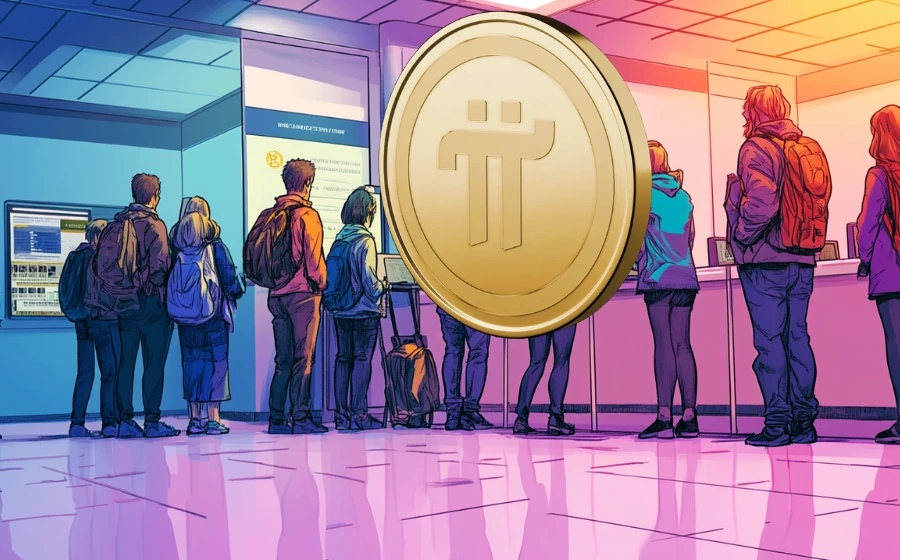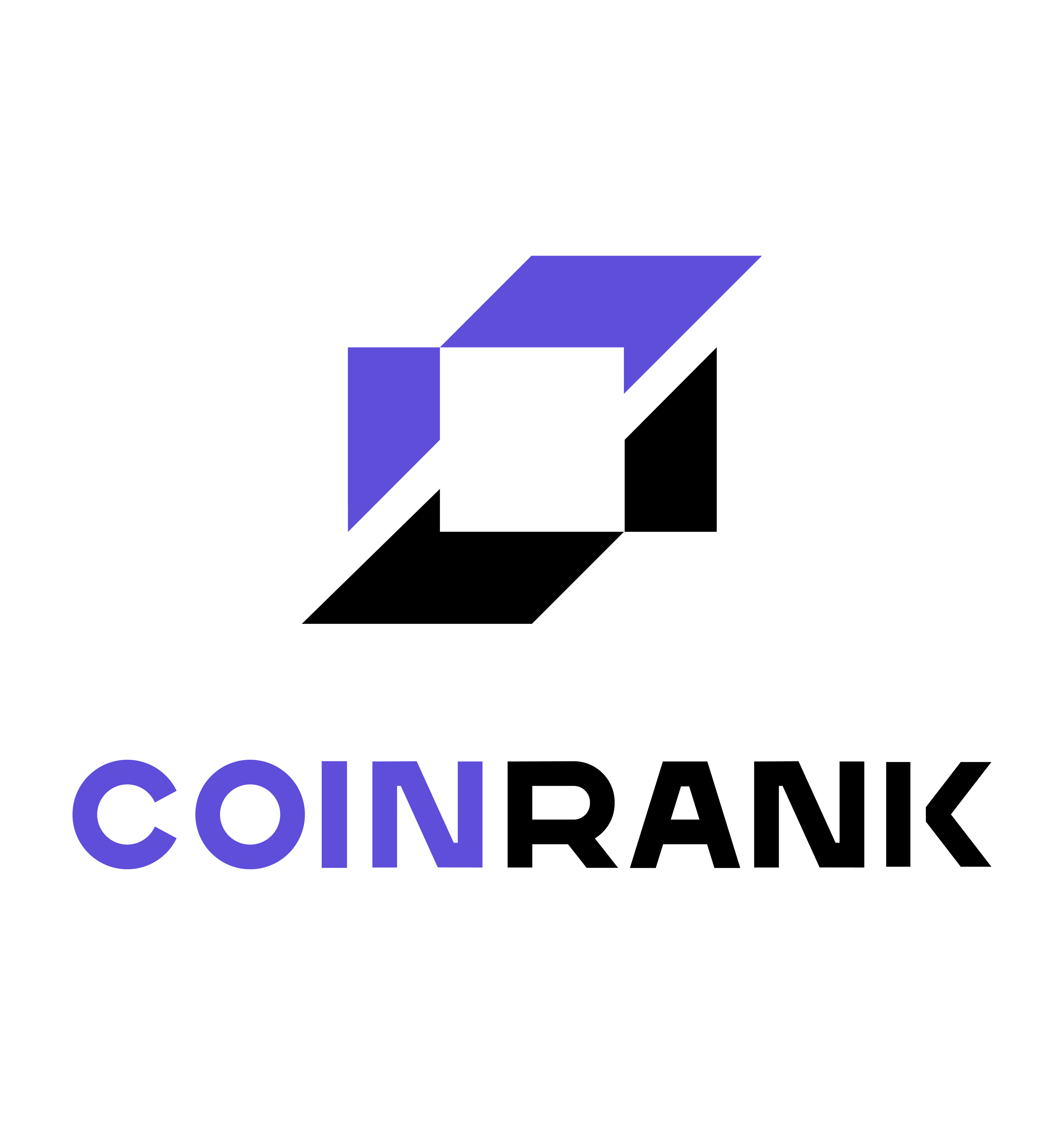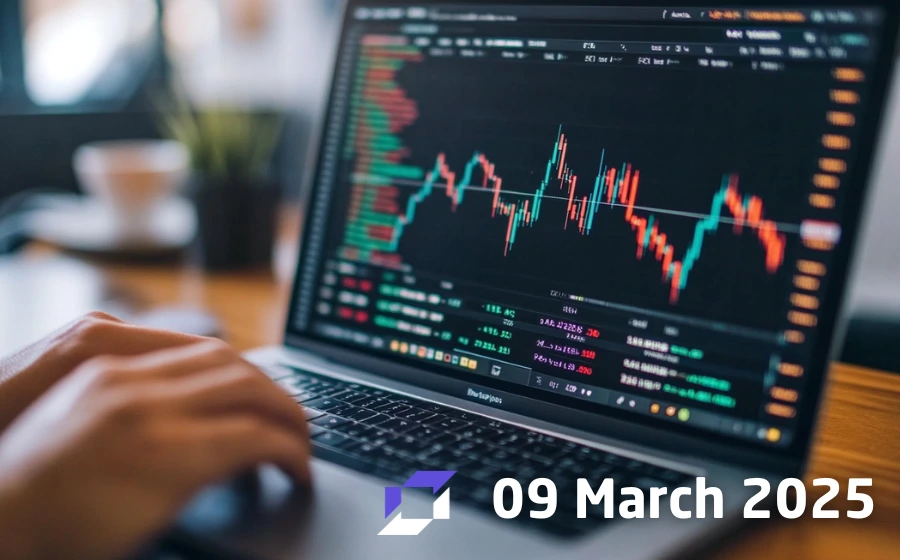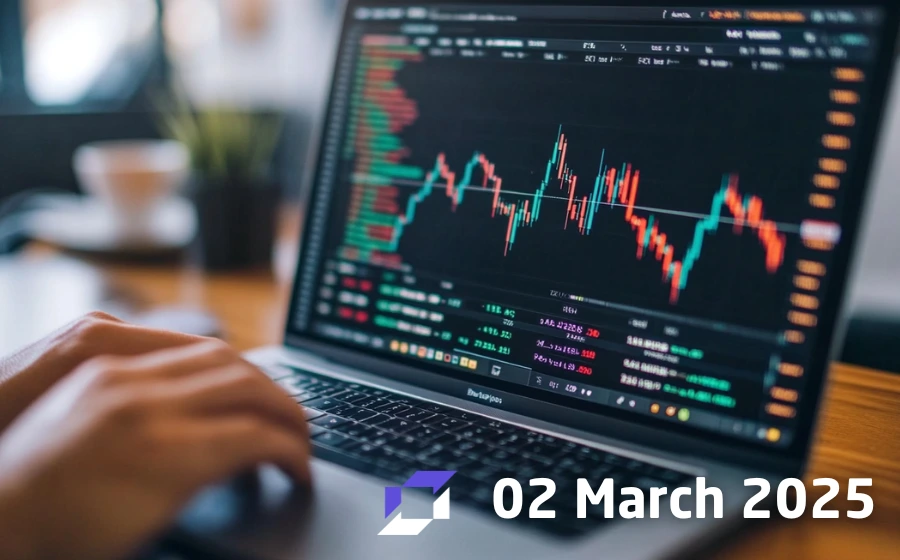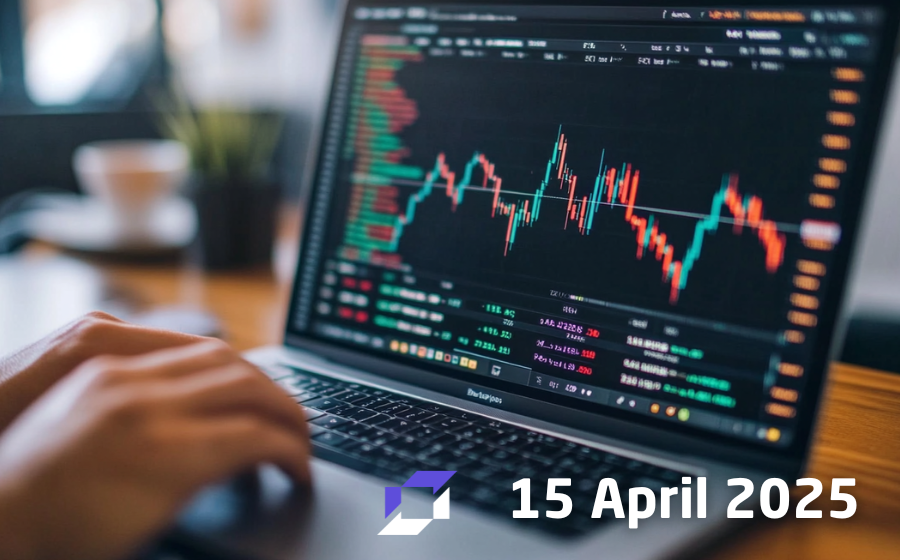
KEYTAKEAWAYS
- Binance Labs to Invest in 46 Projects in 2024
- Ethereum May Face Greater Competitive Pressure in 2025
- Fed's Daly: Cryptocurrency Is Complex and Does Not Yet Meet Conditions to Become a "Currency"

CONTENT
BINANCE LABS TO INVEST IN 46 PROJECTS IN 2024
Binance Labs has announced plans to invest in 46 projects in 2024. Of these, 14 projects originate from the BNB Chain’s MVB program or the Labs Incubation Program, while 32 are direct investments.
The investments are evenly distributed between infrastructure and application-based projects. Specific areas of focus include DeFi (10 projects), AI (7), Bitcoin ecosystem (7), Restaking (4), Gaming (3), ZK (2), RWA (2), and consumer applications (2), with additional infrastructure investments in emerging fields such as the Move ecosystem and DeSci.
The projects span ecosystems including Telegram, Solana, Ethereum, as well as emerging or established ecosystems like Berachain, Monad, and Stacks. Approximately 20% of these investments are tied to the BNB ecosystem.
Analysis:
Binance Labs’ investment strategy demonstrates its keen understanding of emerging technological trends. The increased allocation to AI, Restaking, and Bitcoin ecosystems highlights the potential and growing industry interest in these areas.
At the same time, continued investment in mature sectors like DeFi, ZK technology, and Gaming reflects a balanced approach combining innovation with stability.
With its strategic focus on blockchain and AI technologies for 2025, Binance Labs underscores its commitment to advancing core technological infrastructure.
Furthermore, with Binance founder CZ re-engaging in the investment space and directly interacting with project teams, the investment strategy is likely to align more closely with market demands and founder needs.
ETHEREUM MAY FACE GREATER COMPETITIVE PRESSURE IN 2025
According to Matrixport, Ethereum’s gas fees have consistently decreased since its March 2024 upgrade, yet ecosystem activity and transaction volume remain subdued.
Meanwhile, alternative protocols like Solana and Sui have shown strong performance throughout 2024, attracting more users and outperforming Ethereum in token performance.
Without significant positive catalysts, Ethereum may remain at a disadvantage in 2025, with competitors expected to further consolidate their market positions.
Analysis:
Ethereum’s underwhelming market performance highlights several key challenges:
- Intensifying Technical and Ecosystem Competition: Protocols like Solana and Sui, with lower gas fees and higher efficiency, are attracting developers and users, showcasing robust ecosystem appeal. In contrast, Ethereum’s scalability and cost challenges remain unresolved, affecting user experience.
- Lack of Major Catalysts: Ethereum has yet to introduce groundbreaking upgrades or innovations to drive market sentiment, diminishing its competitiveness relative to alternative protocols.
- Shifting Market Dynamics: Competing protocols are strengthening their ecosystems and user acquisition efforts, eroding Ethereum’s relative advantage.
To regain its edge, Ethereum must focus on:
- Ecosystem Optimization: Accelerating the adoption of Layer 2 and rollup technologies to reduce costs and enhance developer-friendliness.
- Activating Network Activity: Introducing incentives to attract projects and users back, boosting transaction volume and participation.
- Breakthrough Innovations: Launching new features or strategic adjustments to rekindle market interest and mitigate disadvantages in ecosystem competition.
Without effectively addressing these challenges, Ethereum risks losing further market share as competitors continue to expand their lead.
FED’S DALY: CRYPTOCURRENCY IS COMPLEX AND DOES NOT YET MEET CONDITIONS TO BECOME A “CURRENCY”
Mary Daly, President of the Federal Reserve Bank of San Francisco, recently stated that cryptocurrencies should be regarded as a standalone asset class rather than compared to gold or currency.
She argued that cryptocurrencies currently lack the conditions to qualify as “currency,” citing their volatility and demand-driven value, which starkly contrast with the stability of traditional currencies.
Analysis:
Position as a Standalone Asset Class:
Daly emphasized that the complexity and diversity of cryptocurrencies make them difficult to classify simply as “gold” or “currency.” This reflects regulators’ ongoing exploration of crypto assets’ functional positioning. Compared to traditional financial instruments, cryptocurrencies’ unique technical and market characteristics require distinct analysis and treatment.
Comparison with Traditional Currencies:
Cryptocurrencies’ current high volatility, speculative nature, and value dependence on market demand sharply contrast with the stability and trust-backed attributes of traditional currencies. This suggests that cryptocurrencies are unlikely to serve as mainstream transaction mediums or value storage mechanisms in the near term.
Policy Implications:
While both Daly and other Fed officials acknowledge cryptocurrencies’ potential as an innovative asset class, their emphasis on its current limitations as a currency highlights the need for continued regulatory development. This position suggests a cautious yet pragmatic approach to cryptocurrency regulation within the Federal Reserve system.
Overall, Daly’s remarks provide a clearer policy framework for the cryptocurrency market while highlighting its current position as an emerging asset class in the global financial system.
Also Read:
CoinRank Crypto Digest: December 30, 2024
▶ Buy Crypto at Bitget
CoinRank x Bitget – Sign up & Trade to get $20!


